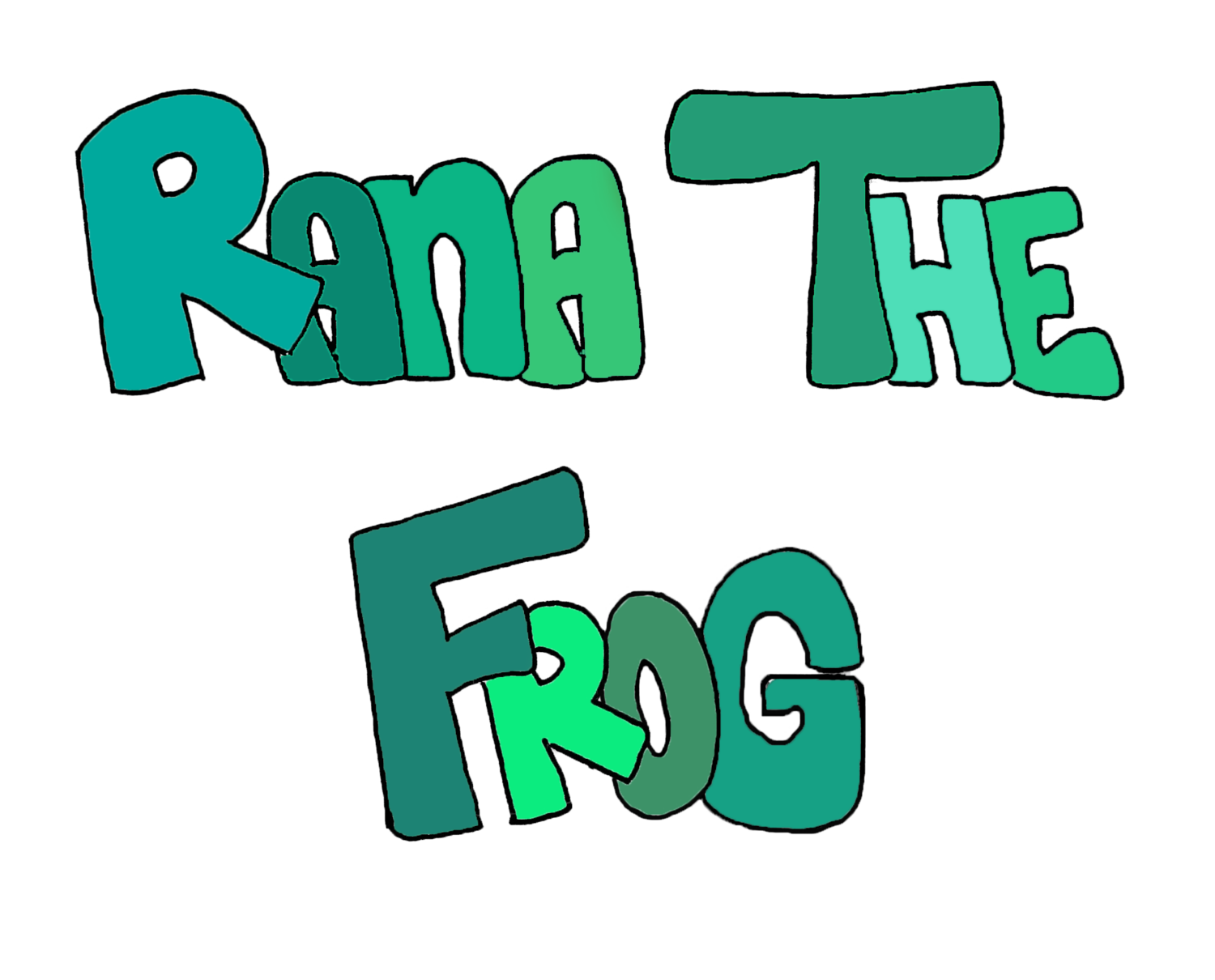SATURATED
•
SATURATED •
‘Saturated’ explores consumption within our society and how the interests of Capital have worked to normalise a culture centred around it. We are saturated by this culture in the West and therefore are often blind to the ramifications of it on our natural environment, our comrades, and ourselves. In solidarity with our comrades facing the continued exploitation in the global south. While we have become complicit in consumption culture, this work seeks to redirect our attention to big business, governments and those that profit while our world burns, reminding us to resist.
Threads.
Textile waste & the fast fashion industry.
‘Threads’ comments on the fast fashion industry where large quantities of cheaply-made-plastic-rich clothes often end up in landfill on the other side of the world, exporting and exploiting countries like Ghana, Burkina or Accra in West Africa. Australia is one of the biggest fashion consumers in the world with the average Australian buying 56 new items of clothing a year.
While daily fashions can empower us and our identity, this form of subcultural conspicuous consumption can be damaging when keeping up with the latest micro-trends accelerated by social media. The fashion industry has capitalized on the connection between identity and self-representation, rather than defining ourselves with material action. In the age of social media, merit is given to how we are perceived rather than who we are.
This is demonstrated in the image, portraying a wasteland of clothes and an iconographic figure presented as a symbol of aesthetic worship. In the spirit of sustainability, the work is printed on Cotton Rag, a natural paper made from 100% cotton that historically came from textile waste from large clothing manufacturers. The frame comprises recycled timber from an old Grand Piano. Upcycle and recycle your clothes.
Plastic.
Plastic (over) production
This shoot seeks to explore the inescapable quantities of plastic that we find ourselves surrounded by. In 2024, 220 million tonnes of plastic waste will be created and nearly 70 million tons of plastic will end up in the natural world due to imbalances between the volumes of plastics consumed and our incapacity to manage plastic at the end of its life.
The images seek to recreate a living space which is being flooded, not by water but by plastic waste. Walls are replaced by plastic sheets, milk crates filled with plastic bottles replace furniture. The inhabitants go about their day, blissfully unaware of the rising tide of plastic except for their rain poncho’s and gumboots which provide a false sense of safety.
360 plastic bottles used and recycled through Victoria’s container deposit system. Funds donated to Bush Heritage.








